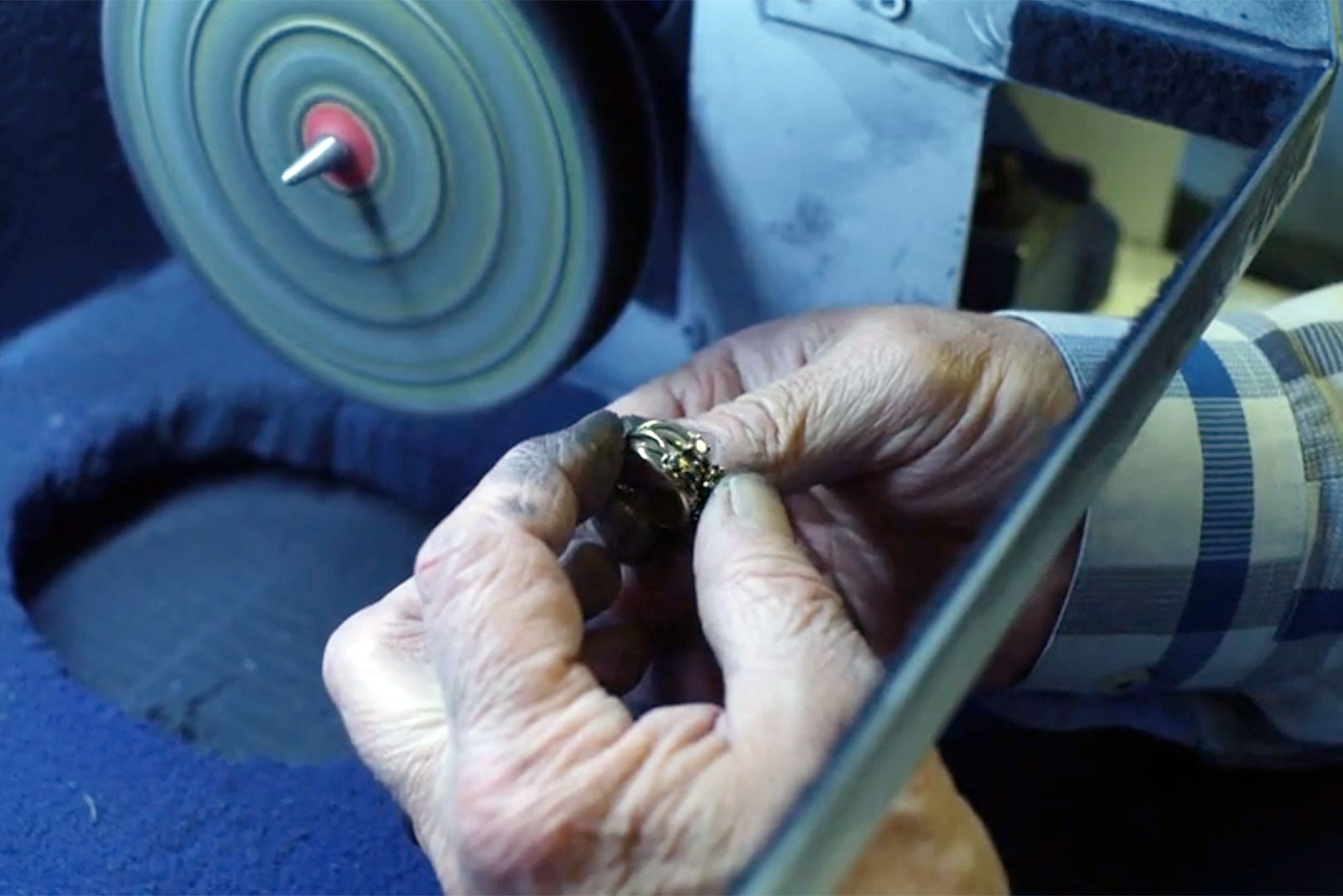Handmade jewelry holds a special place in the world of accessories. Crafted with passion and skill, each piece tells a unique story. Whether it’s a delicate earring, a stunning necklace, or a dazzling ring, handmade jewelry showcases the artistry of the maker. In this article, we dive into the intricate world of jewelry making techniques, exploring the craftsmanship and creativity behind these exquisite pieces.
Let’s Explore What is Jewelry Making
Creating handmade jewelry involves a myriad of techniques that bring designs to life. From shaping metals to setting gemstones, every step requires precision and artistry. Jewelers use a variety of tools and techniques such as soldering, engraving, and wirework to fashion intricate jewelry pieces. Each piece is a labor of love, reflecting the maker’s dedication to their craft and the beauty of handcrafted jewelry.
Understanding Basic Techniques in Jewelry Making
These include bead stringing, wire wrapping, and metal stamping. These techniques form the foundation for creating stunning jewelry pieces like bracelets, necklaces, and earrings. Jewelry makers often learn these techniques step-by-step, starting with simple designs and progressing to more intricate creations. Understanding these fundamental techniques is essential for any aspiring jeweler looking to delve into the world of handmade jewelry.
Want to know what type of techniques do we use at Rick Terry Jewelry? Click here!
Types of Handmade Jewelry
Handmade jewelry comes in various styles and forms, ranging from fine jewelry crafted with precious metals like gold and silver to beaded necklaces made with colorful gemstones. Each type of jewelry showcases different techniques and materials, catering to diverse tastes and preferences. Whether it’s a classic pendant, an ethically sourced piece, or a trendy handmade bracelet, there’s a type for every occasion and style.
Design and Development
When it comes to creating handmade jewelry, the design and development process are crucial stages that require meticulous attention to detail. Jewelry making techniques play a significant role in bringing these designs to life, showcasing the artisan’s skill and creativity. From selecting the right materials to perfecting the finishing touches, every step in the design and development phase contributes to the overall beauty of the piece.
Designing handmade jewelry involves utilizing a range of techniques to achieve the desired aesthetic. Whether it’s wire wrapping to create intricate patterns or bead stringing for a more delicate look, each technique adds a unique element to the design. Jewelers often experiment with various methods such as metal stamping, soldering, and engraving to create one-of-a-kind pieces that stand out for their craftsmanship and attention to detail.
Gemstone Setting in Handmade Jewelry
Gemstone setting is a pivotal technique in handmade jewelry, adding allure and elegance to each piece. Whether it’s a dazzling diamond or a vibrant colored gem, the setting plays a crucial role in showcasing the beauty of the stone. From prong settings to bezel settings, each method offers a different way to securely attach gemstones to the jewelry. Gemstone setting requires precision and expertise to ensure the stones are showcased in the best possible light, creating stunning and eye-catching jewelry pieces.
Enamel Techniques in Jewelry Making
Enamel techniques in jewelry making add a pop of color and vibrancy to handmade pieces. From cloisonné to plique-à-jour, enamel work involves fusing colorful powdered glass to metal surfaces, creating intricate and decorative designs. Jewelers use a variety of techniques like painting, firing, and polishing to achieve the desired enamel finish. Enamel work has been a part of jewelry making for thousands of years, showcasing the artistry and craftsmanship of artisans who master this unique technique.
Finishing Touches
Creating handmade jewelry involves not only designing and crafting the piece but also giving it the perfect finishing touches to enhance its beauty and durability. These finishing touches encompass various techniques that add unique characteristics to the jewelry, making each piece stand out. From polishing and buffing to applying specific textures or finishes, the final steps in jewelry making play a crucial role in refining the overall appearance and quality of the piece.
Finishing techniques in jewelry making include processes like polishing, texturing, plating, and oxidizing. Polishing gives the jewelry a smooth and glossy finish, enhancing its shine. Texturing adds depth and visual interest to the piece, creating unique surface patterns. Plating involves adding a layer of a different metal to the jewelry for color or protection. Oxidizing is a chemical process that darkens certain areas of the jewelry to create contrast and highlight details.
Significance of Finishes in Handmade Jewelry
The finishes applied to handmade jewelry are essential for several reasons. Firstly, they protect the metal from tarnishing or corrosion, increasing the longevity of the piece. Secondly, finishes enhance the visual appeal of the jewelry by adding luster, color, or texture. They also contribute to the overall design concept, complementing the style and theme of the piece. Ultimately, the right finish can transform a simple piece of jewelry into a stunning work of art.
Stamping and Personalization in Jewelry
Stamping is a popular technique in jewelry making, especially for adding personalization and unique elements to pieces. Jewelers use metal stamps to imprint designs, letters, or patterns onto metal surfaces, creating customized pieces. This technique allows for endless possibilities in creating meaningful jewelry that resonates with the wearer. Personalized jewelry holds sentimental value and becomes a cherished item, making stamping an important aspect of the handmade jewelry process.
Get your customized piece with Rick Terry Jewelry now!
FAQs
- How can I tell the difference between handmade and mass-produced jewelry?
Look for subtle imperfections or variations in hand-crafted pieces. Mass-produced jewelry tends to be uniform and flawless. Additionally, handmade jewelry may have the artist’s signature or hallmark.
- How can I care for my handmade jewelry?
Proper care depends on the materials used. Generally, store your jewelry in a cool, dry place and avoid harsh chemicals. You can also clean your piece with a soft, damp cloth, however, we will give you specific care instructions for gemstones or delicate materials for you to have an everlasting piece.
